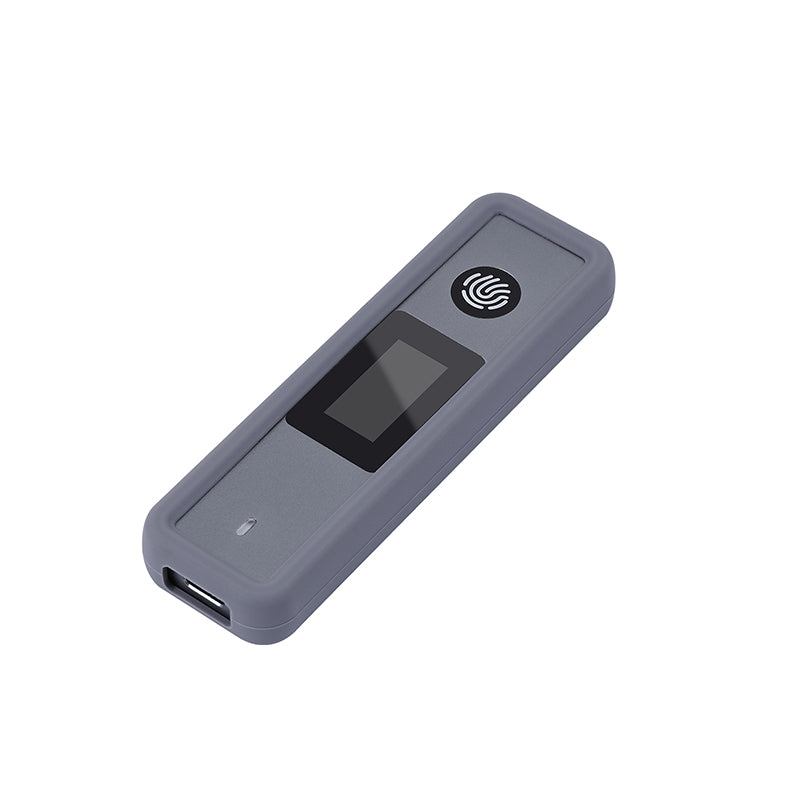
Share
Microsoft’s USB-C Intervention Could Finally Bring Order to the Chaos
For over a decade, USB-C has promised a universal solution: one port to charge your devices, transfer data, and output video. In many ways, it’s fulfilled that promise. You’ll find the small, reversible connector on everything from Android phones to gaming consoles, and even Apple’s latest iPhones. But ask anyone who’s tried to plug in a USB-C accessory only to find that it doesn’t work as expected, and they’ll tell you—this “universal” standard has been anything but consistent.
Now, Microsoft is stepping in to fix that.
The Root of the Problem: One Port, Too Many Standards
The confusion around USB-C isn’t just bad luck or poor implementation—it’s baked into the way the standard was defined. The physical USB-C connector is only part of the story. Under the hood, there are multiple independent specifications involved:
- USB Power Delivery (PD) for charging
- USB Alt Mode for video output (DisplayPort, HDMI, etc.)
- Data protocols, which determine how fast information can move (USB 2.0, 3.x, USB4, etc.)
These features can be mixed and matched freely by device makers. That’s why a USB-C port on your laptop might support charging but not video, or data but not high speeds, or nothing but power input. And unless you read a dense spec sheet—or test the port yourself—you’d have no idea what to expect.
Microsoft Draws a Line
To clean this up, Microsoft is using its Windows Hardware Compatibility Program (WHCP) to enforce a baseline set of capabilities for all USB-C ports on Windows PCs. According to a recent post on the company’s USB Blog, Microsoft will now require the following:

- Charging support for the PC
- Support for at least one external display
- USB 3.x data transfer speeds (minimum 5Gbps)
- Ability to supply at least 4.5W of power to connected accessories
That’s not a high bar, but it’s a critical baseline. Microsoft isn’t mandating higher-end features like Thunderbolt, ultra-fast data transfer (10, 20, 40, or 80Gbps), or support for external PCIe devices—but it’s setting a standard that prevents “dummy” USB-C ports with crippled functionality.
By requiring OEMs to use Windows’ built-in USB drivers, Microsoft also ensures a consistent update path. Problems with USB-C implementation can now be addressed system-wide via Windows Update, instead of requiring device-specific patches or third-party drivers.
A Quiet but Powerful Shift in OEM Design
This move may seem technical, but it has wide-reaching implications. Unlike Apple, which tightly controls every aspect of its Mac ecosystem, Microsoft has always relied on soft power—guidelines, certifications, and standards—to influence the Windows hardware landscape.
Historically, this strategy has paid off. WHCP and its predecessors helped push widespread adoption of features like UEFI, TPM, and Precision Touchpads. These efforts led to more secure, consistent, and capable Windows PCs.
The USB-C initiative is just the latest example—and one that could significantly benefit both users and accessory makers. With a clearer baseline, PC buyers can expect more reliable USB-C ports, and peripheral manufacturers can build with greater confidence in compatibility.
Looking Ahead: USB-C Still Needs Better Communication
This initiative is a step in the right direction, but USB-C still has a messaging problem. It’s not enough for ports to do more—they need to communicate better.
Here are three things that could help:
- Standardized icons on USB-C ports to clearly show what they support (charging, video, data, etc.)
- More transparent OEM documentation about what each port actually does
- Broader industry cooperation—the USB-IF, Intel, Microsoft, and other stakeholders need to align more closely
Imagine being able to look at a port and know, without guesswork, that it supports fast charging and display output. That’s not far-fetched—it’s just long overdue.
Conclusion: Late, But Impactful
Microsoft’s move to standardize USB-C port capabilities on Windows PCs won’t fix every issue overnight. But it finally brings some structure to a landscape that has long been plagued by inconsistency.
The USB-C port was supposed to be the one port that “just works.” With Microsoft applying pressure to OEMs, that vision might finally start to match reality.
A universal port isn’t just a convenience—it’s foundational to a cleaner, more connected digital future. And it’s about time the experience lived up to the promise.

